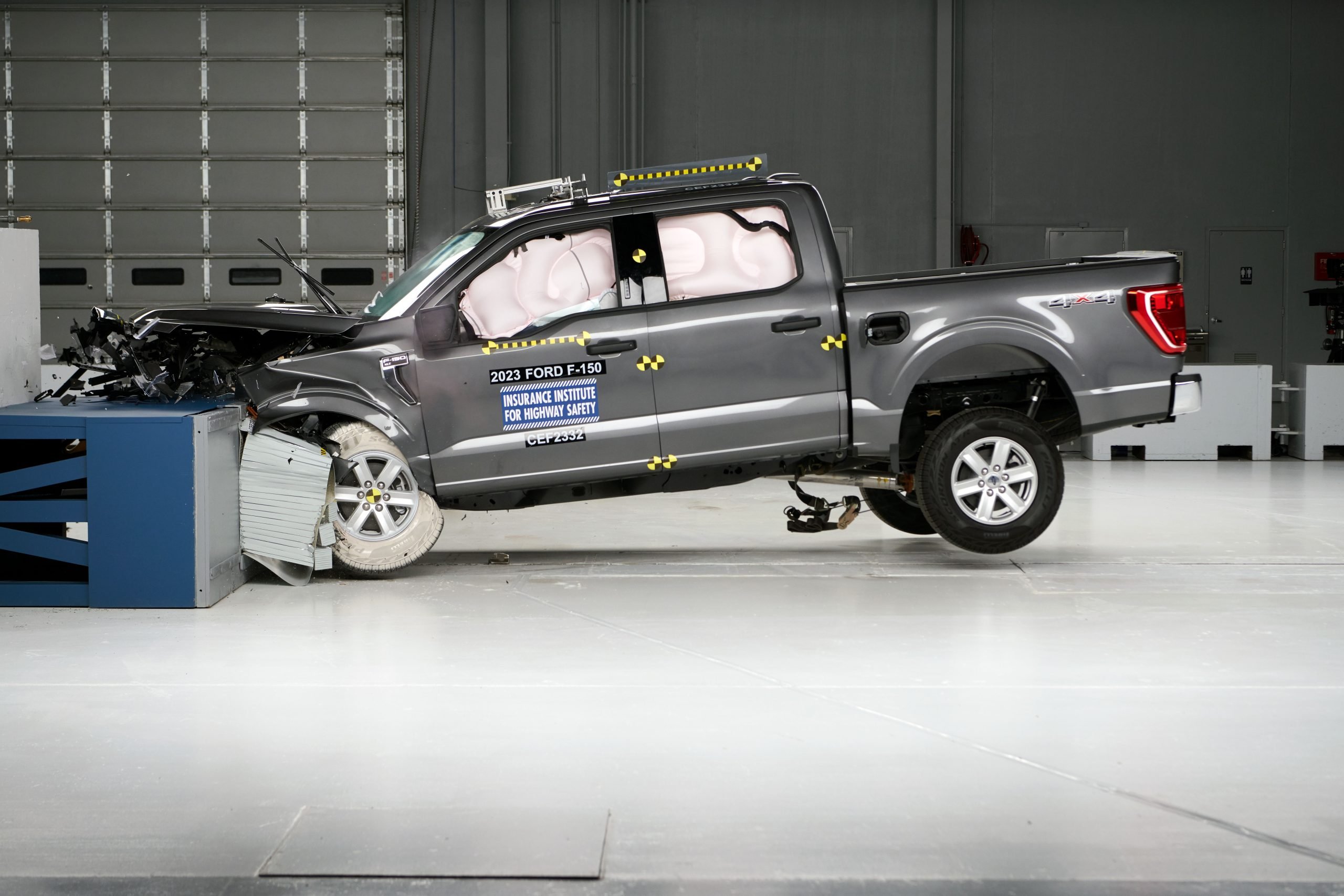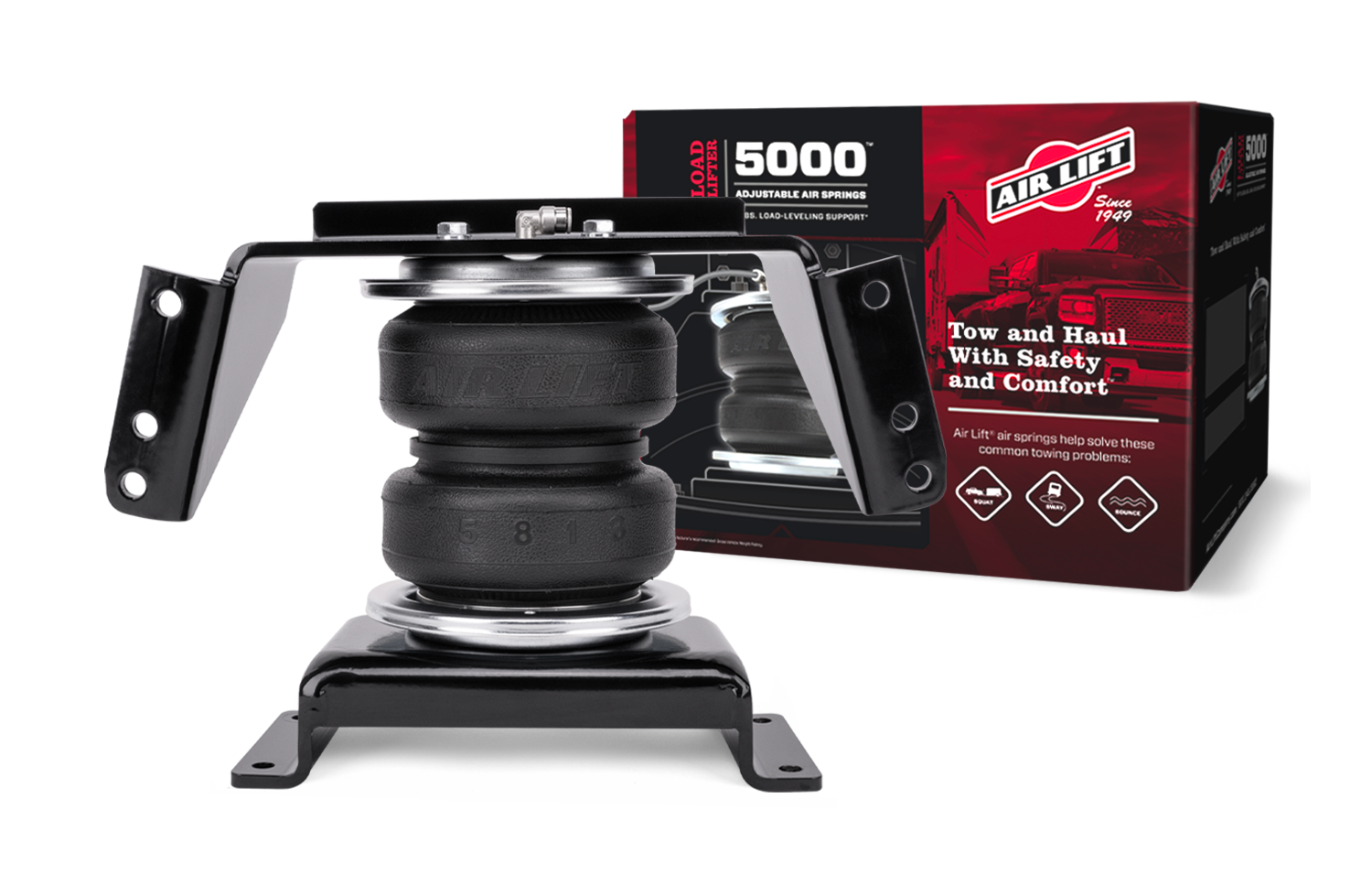
Test results found that four large pickups offer strong side protection but raise concerns around backseat protection for passengers.
The Insurance Institute for Highway Safety’s updated side crash test gave good ratings to the 2023 Ram 1500 crew cab, Ford F-150 crew cab and Toyota Tundra crew cab, while the 2023 Chevrolet Silverado 1500 crew cab is rated acceptable.
But when including the back seat as part if updated testing, only the Tundra is marginal while the rest are poor.
“Like most other vehicle classes, large pickups don’t perform as well in the new moderate overlap evaluation as they do in the updated side test, which is now a requirement for our Top Safety Pick awards,” said IIHS president David Harkey.
In the updated test, a second dummy is positioned in the second row behind the driver. The driver dummy is the size of an average adult man. The rear dummy is the size of a small woman or 12-year-old child. IIHS researchers also developed new metrics that focus on the injuries most frequently seen in backseat passengers.
For a vehicle to earn a “good” rating, there can’t be an excessive risk of injury to the head, neck, chest or thigh, as recorded by the second-row dummy. The dummy should remain correctly positioned during the crash without “submarining” — sliding forward beneath the lap belt, which increases the risk of abdominal injuries.
The head should also remain a safe distance from the front seatback and the rest of the vehicle interior, and the shoulder belt should remain on the shoulder, where it is most effective. A pressure sensor on the rear dummy’s torso is used to check the shoulder belt position during the crash.
“Submarining was a problem for all four pickups, and belt forces were too high in all but the Tundra,” Harkey said.












Leave a Reply